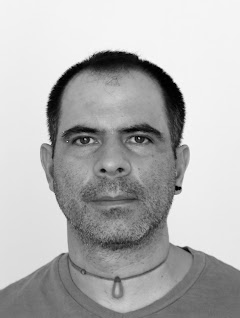Beat
I cover politics, street photography, portraits and social movements.
One Shot

“It was raining in the afternoon of the Day of the Dead parade in Mexico City. I had to file my photos as quickly as I could, and in the last minutes, I saw this marching block of girls dressed as monarch butterflies with skull faces. The colours came out great.”
Profile
I remember being impressed as a child when my father took me to an exhibition of the works of Mexican artistic photographer Manuel Alvarez Bravo. Later I took two semesters on photography during my communication degree at the state university in Toluca.
I was working as a lab technician in the darkroom at a local newspaper in Toluca the day that a staff photographer was assigned to cover a demonstration of people demanding social housing. The photographer didn’t want to go, so he gave me his camera and equipment and sent me to cover the demonstration. I later became a staff photographer at the same paper.
The rush of covering news and having a camera with me all the time was exhilarating. It made me connect with people in a way I was not used to, and getting to know and share their stories made me realize the power of photojournalism. With millions of images being produced and circulated, photojournalism can focus on the stories that impact society beyond a particular space and time.
The coronavirus outbreak in Mexico has been a very challenging story to cover. As it’s not over yet, I am certain it will leave its mark on me. The migration stories too are difficult, since they get you closer to people in need and are always touching and heartbreaking.
I love doing longer-term stories of people who wouldn’t usually get media attention. I have two such ongoing projects, one on indigenous people living in Mexico City, and one on the territory which was once the island of Tenochtitlan in the historic centre of Mexico City.
To a photojournalist starting out now, I’d say read. A lot. Not just news or about photography. Connect with your fellow photographers. Respect the people you take pictures of. A camera is a very powerful tool when used correctly, and photojournalism should be a visual way to help us understand how we interact with each other, nature and the world we live in.
I admire Mexican photographer Marco Antonio Cruz, who was a teacher for me when I first came to live and work in Mexico City. I love his documentary projects and the way he approaches his photography. I also admire the younger generation of female photographers in Mexico, and how they are expanding into photojournalism these days.
Photojournalism has to be more diverse in terms of representation of race and gender, and more supportive of local photojournalists. As photographers, we have to learn to create our own spaces of representation beyond the classic news media, as the internet takes over as the main arena of discourse.
Behind the Scenes

